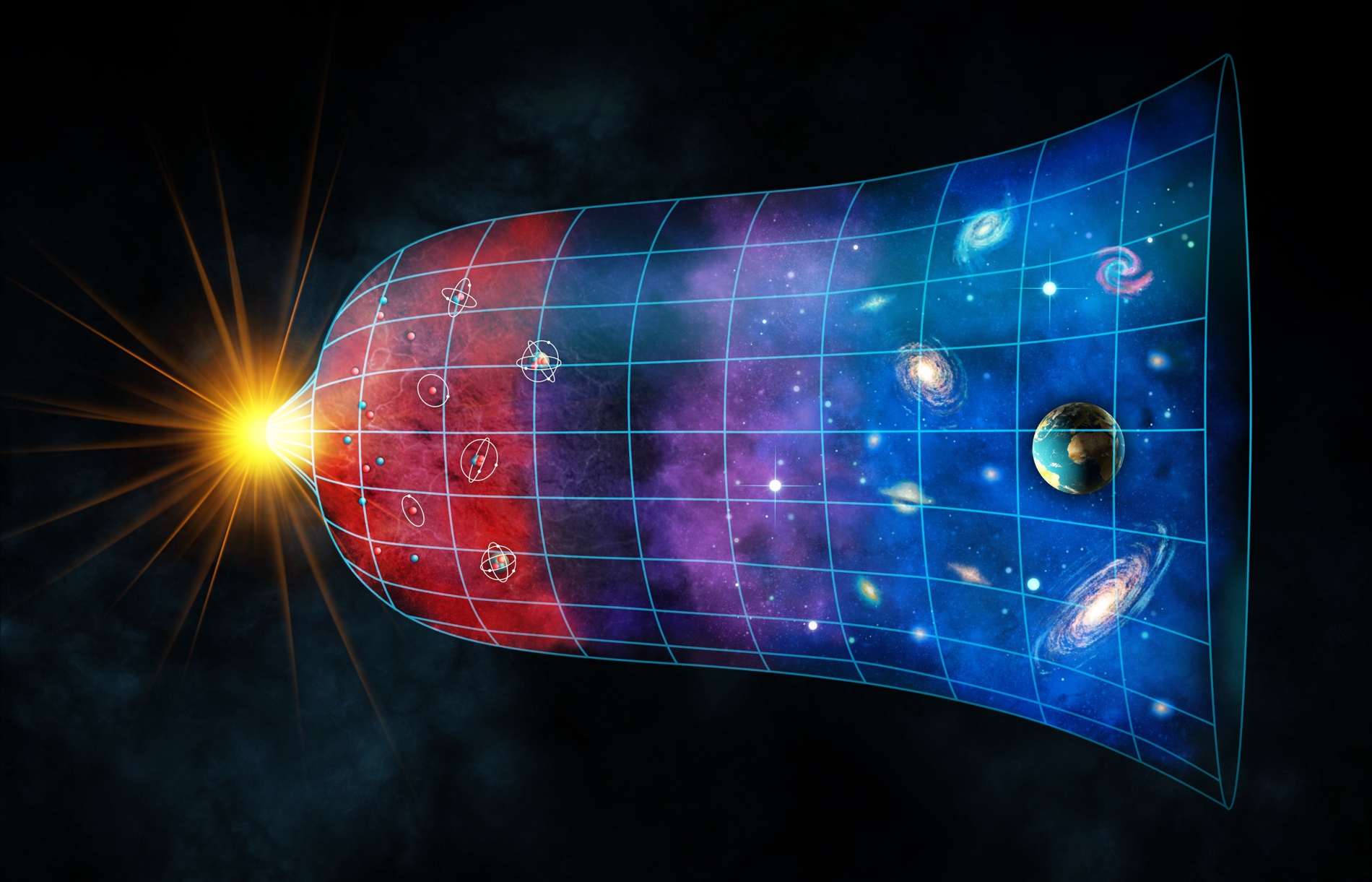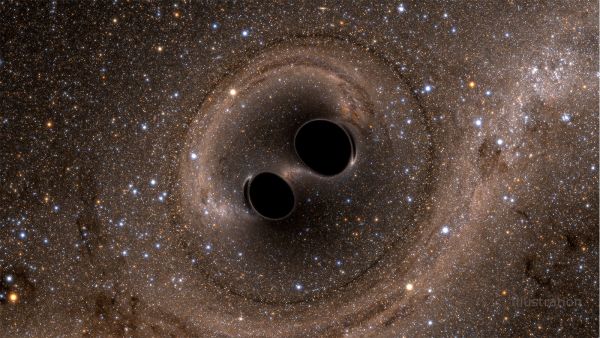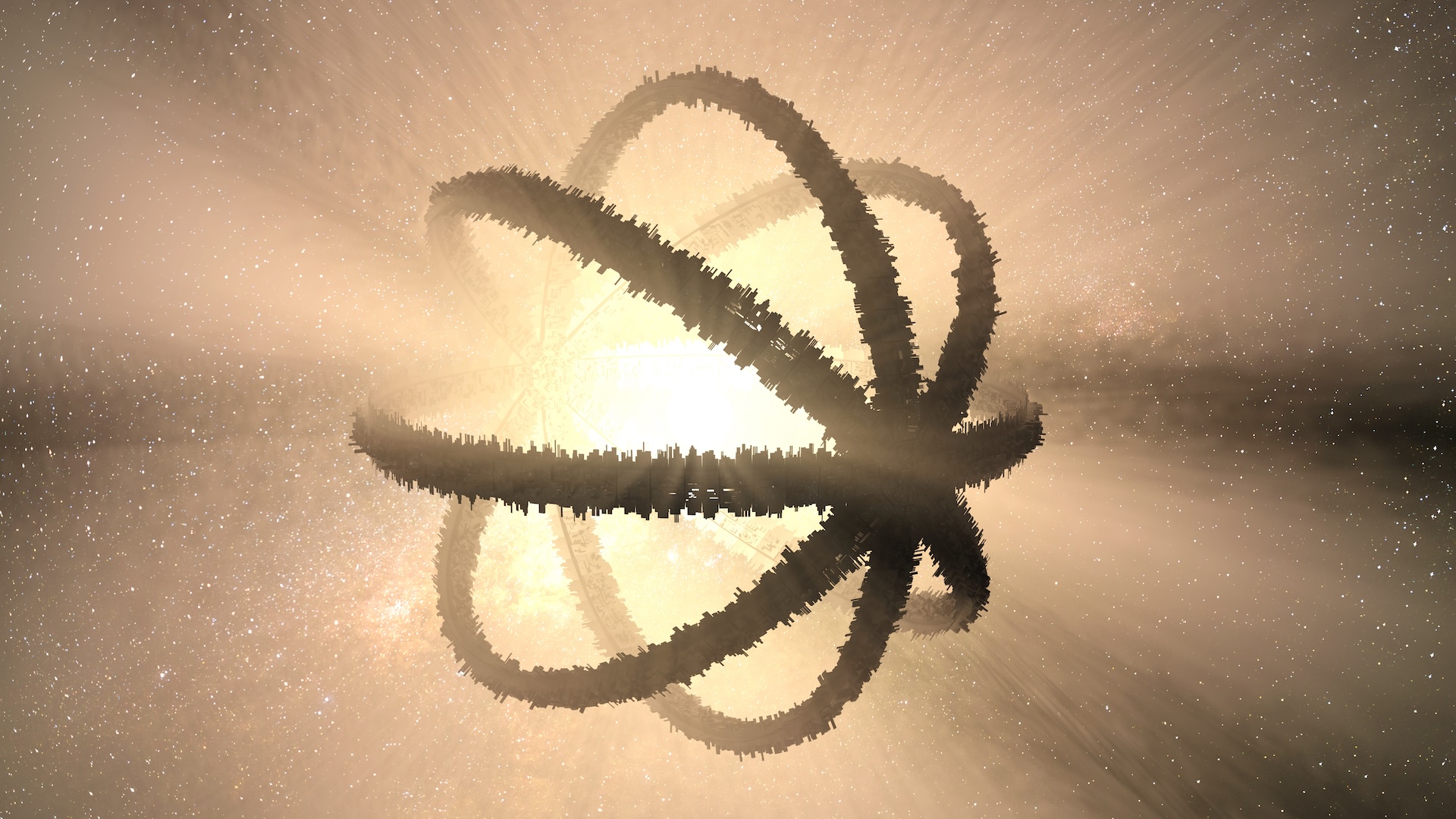
Paul Sutter
Paul M. Sutter is a research professor in astrophysics at SUNY Stony Brook University and the Flatiron Institute in New York City. He regularly appears on TV and podcasts, including "Ask a Spaceman." He is the author of two books, "Your Place in the Universe" and "How to Die in Space," and is a regular contributor to Space.com, Live Science, and more. Paul received his PhD in Physics from the University of Illinois at Urbana-Champaign in 2011, and spent three years at the Paris Institute of Astrophysics, followed by a research fellowship in Trieste, Italy.
Latest articles by Paul Sutter
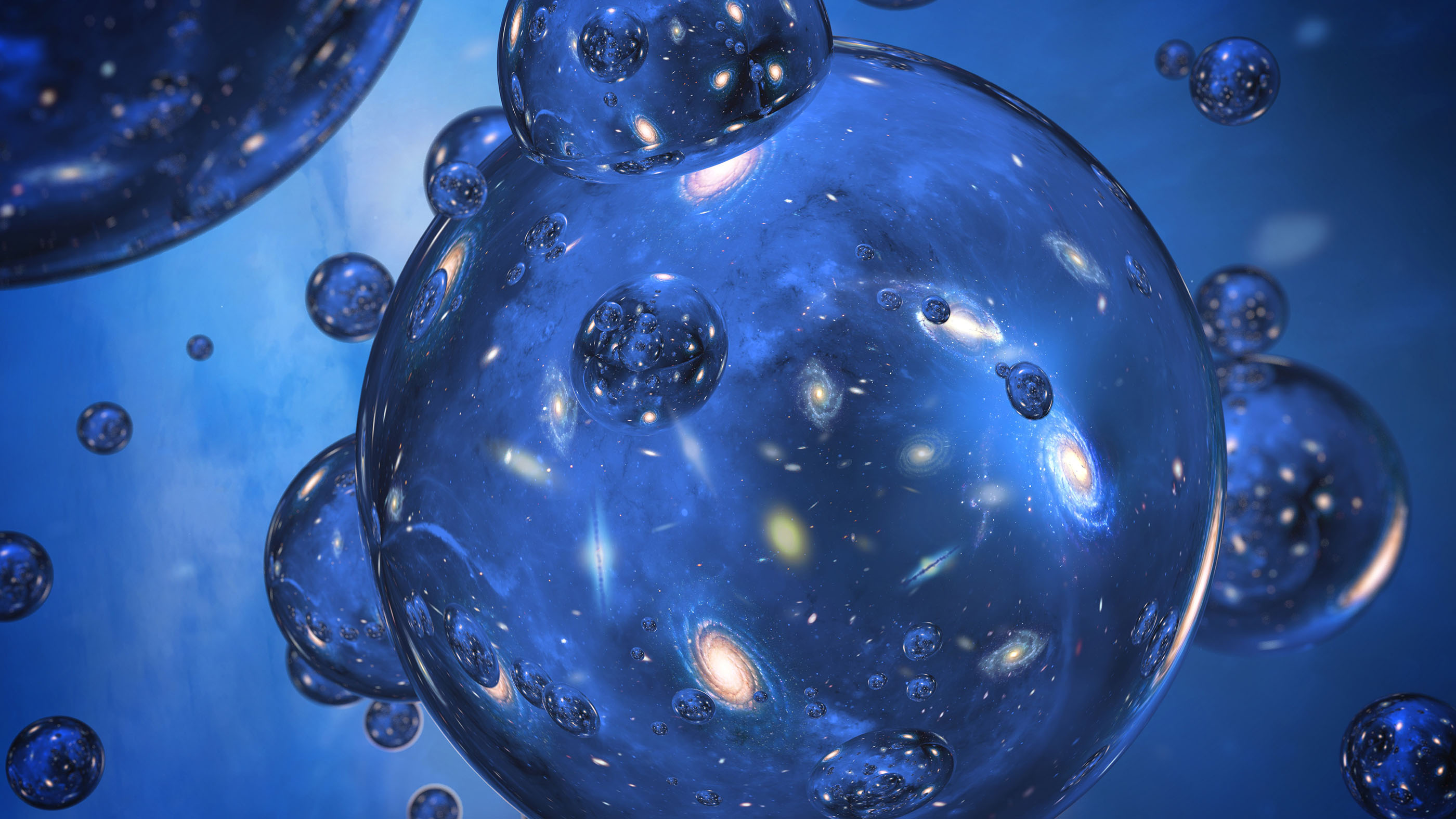
Our universe may have a twin that runs backward in time
By Paul Sutter published
A mirror universe that runs backward in time sprouted up before the Big Bang.
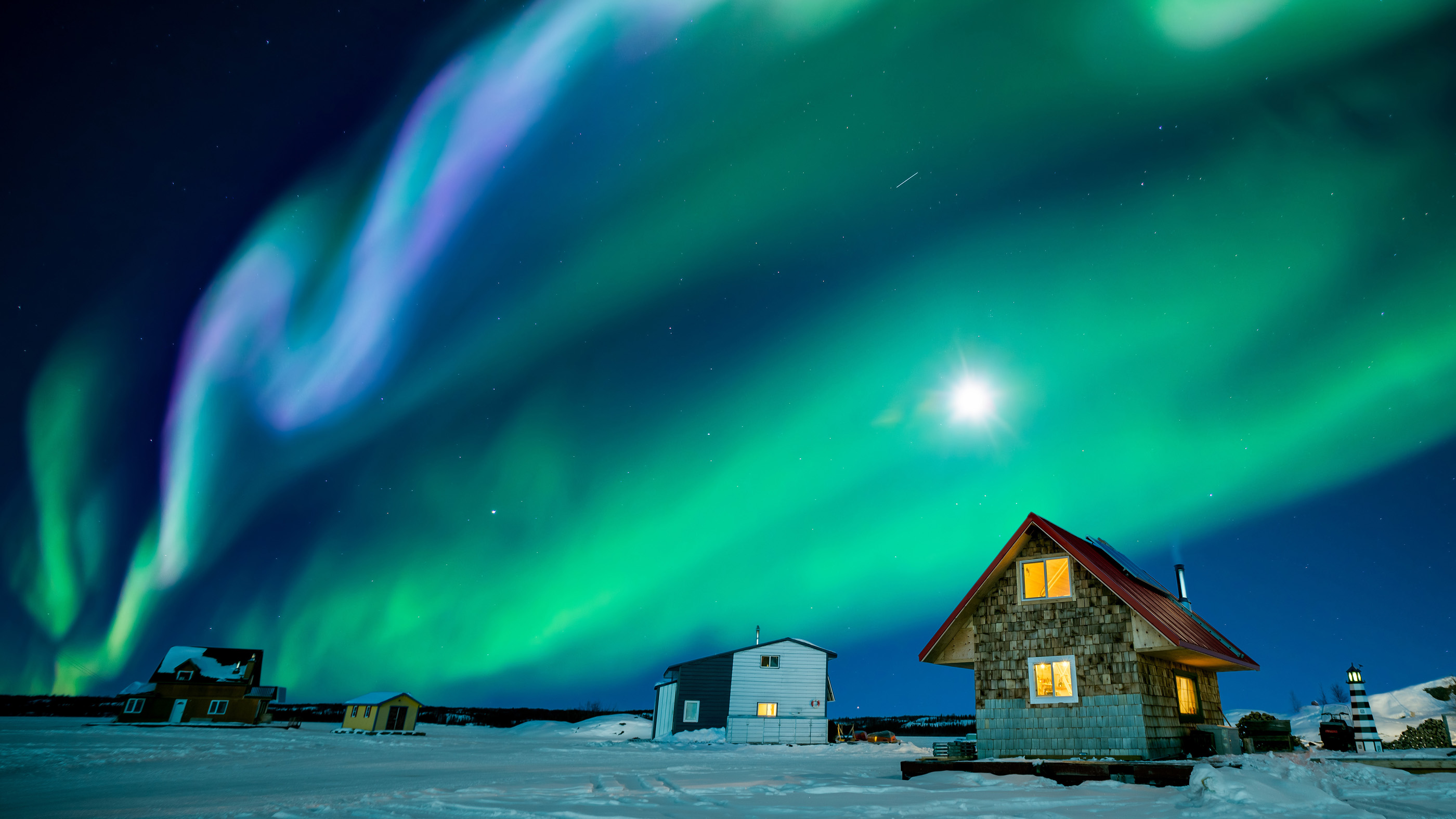
Northern Lights: What are the aurorae borealis?
By Paul Sutter published
REFERENCE The northern lights appear in the sky when charged particles from the sun slam into molecules in the atmosphere, releasing energy in the form of colorful lights.
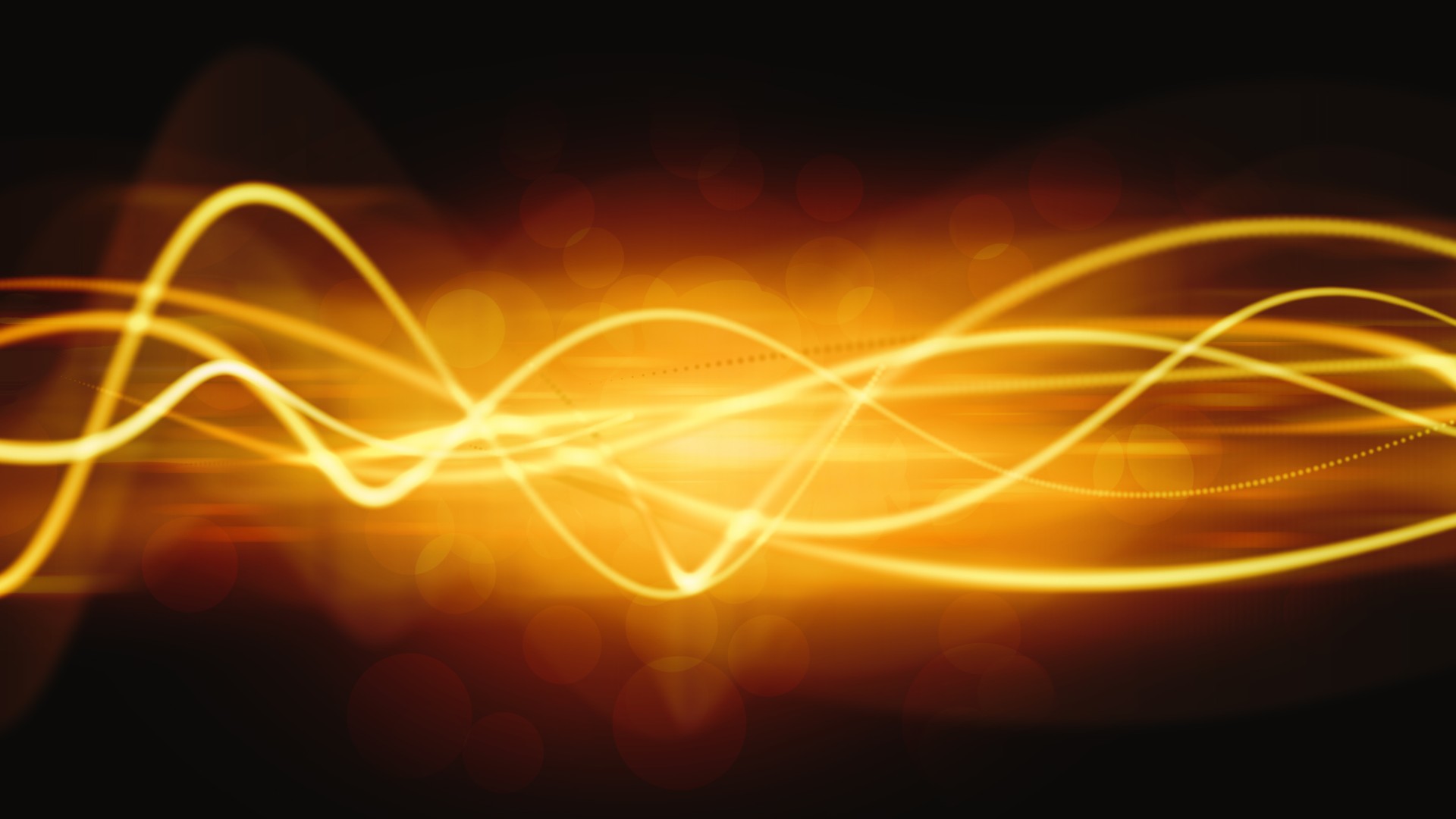
What are photons?
By Paul Sutter published
Reference Photons carry the electromagnetic force, and act as both particles and waves.
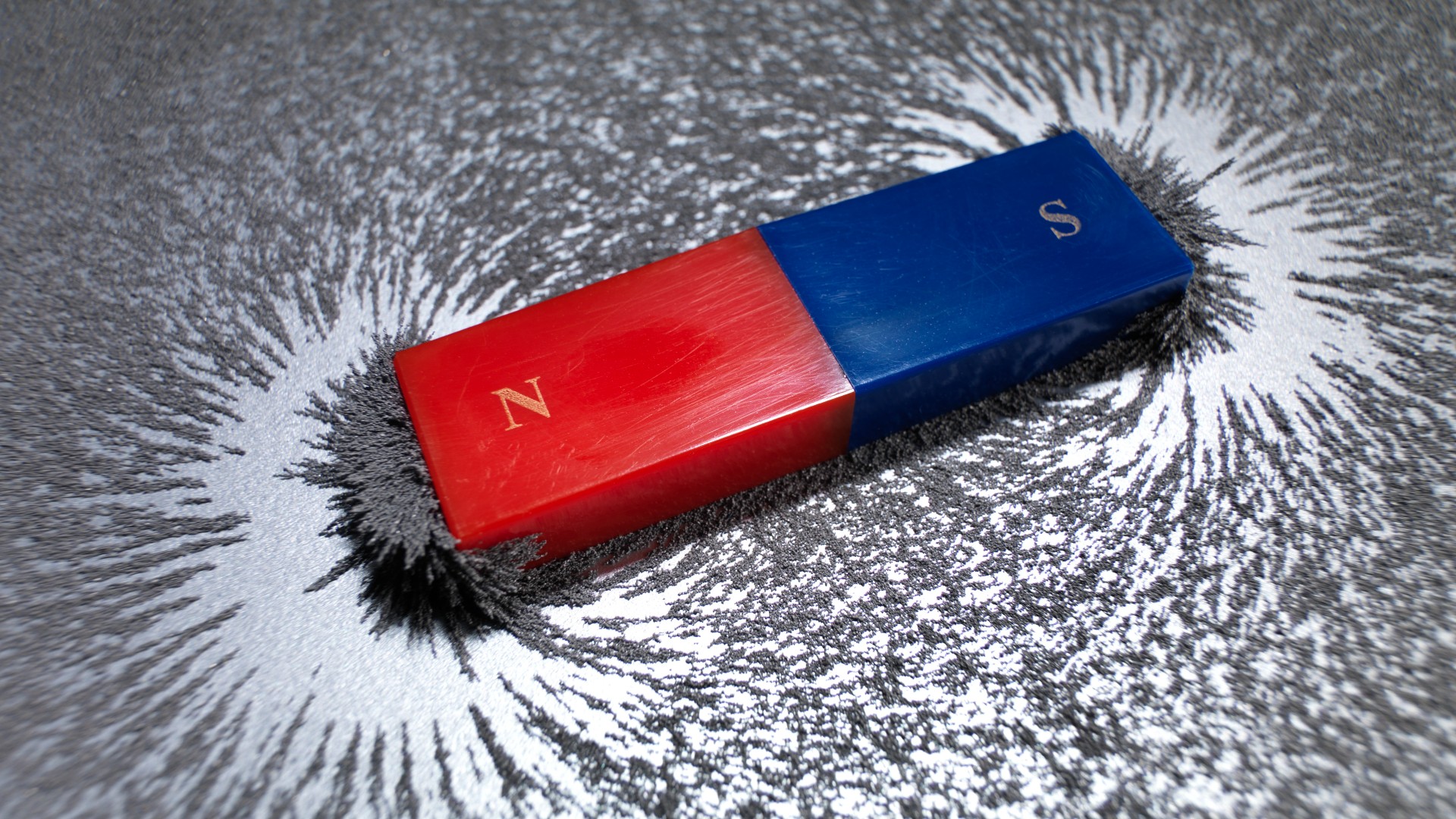
What is magnetism? Facts about magnetic fields and magnetic force
By Jim Lucas, Paul Sutter published
Reference Magnetism is a force of nature produced by moving electric charges.
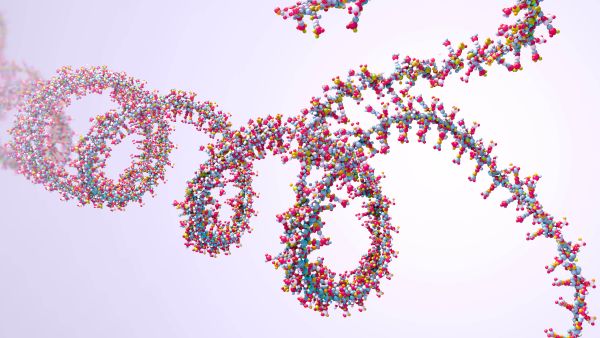
The first life on Earth depended on a deadly poisonous gas, study suggests
By Paul Sutter published
Toxic hydrogen cyanide gas, used in chemical weapons today, may have been involved in the early stages of life's evolution, a new study suggests.

Do we live in a simulation? Here's why we may never know.
By Paul Sutter published
Does the simulation hypothesis offer a compelling argument, or is it just interesting food for thought? Let's find out.
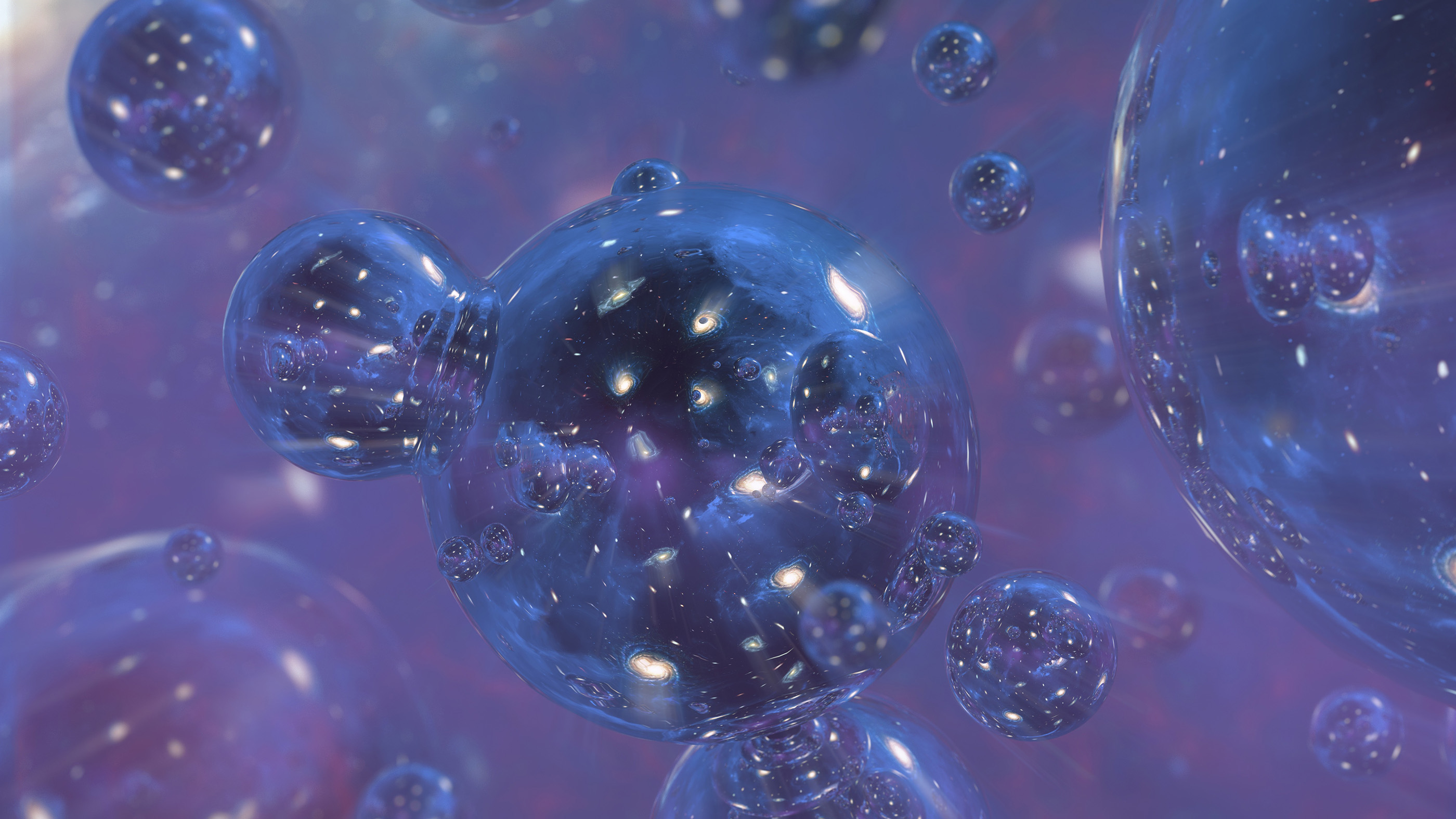
The Higgs boson could have kept our universe from collapsing
By Paul Sutter published
The Higgs boson particle could have kept our universe from collapsing within a larger multiverse, physicists say.

Astronomers propose building a neutrino detector out of the Pacific Ocean
By Paul Sutter published
The Pacific Ocean Neutrino Experiment would turn a massive swath of the Pacific Ocean into nature's own neutrino detector.
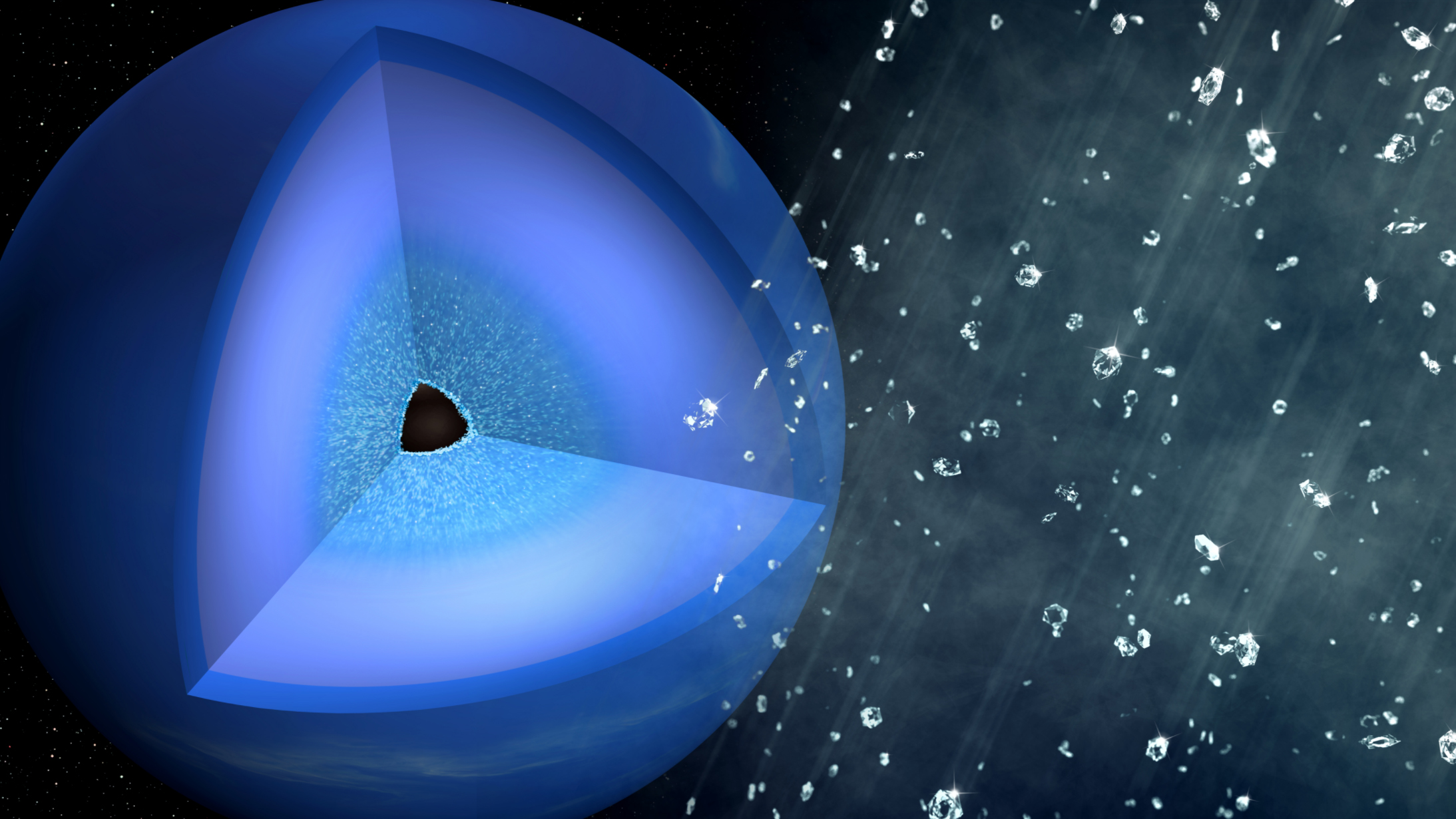
'Diamond rain' on Uranus and Neptune seems likely
By Paul Sutter published
Hiding beneath the outer layers of some planets, there may be something spectacular: a constant rain of diamonds.
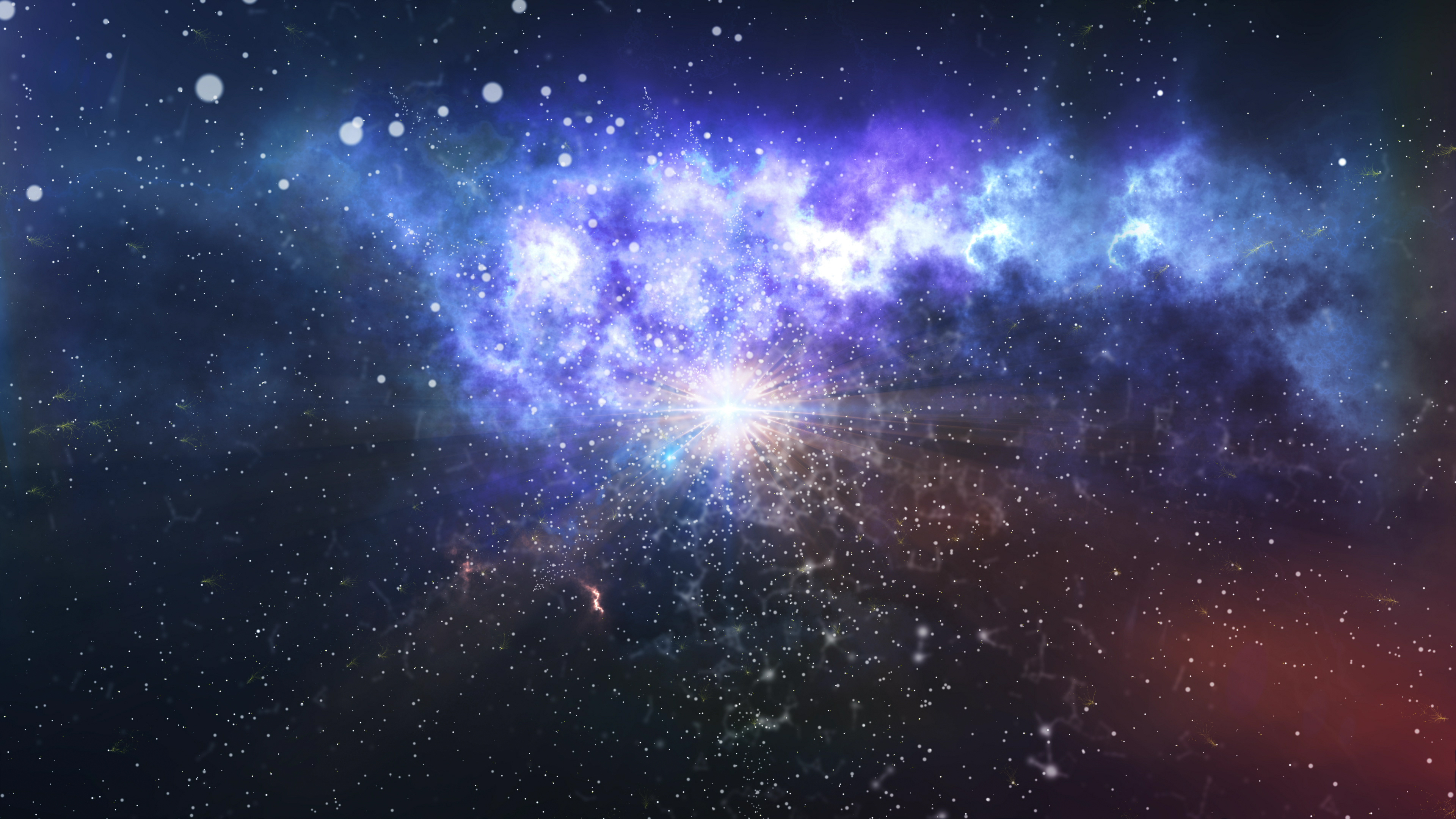
We may finally be able to test one of Stephen Hawking's most far-out ideas
By Paul Sutter published
The recently launched James Webb Telescope should help determine if dark matter is made up of primordial black holes.
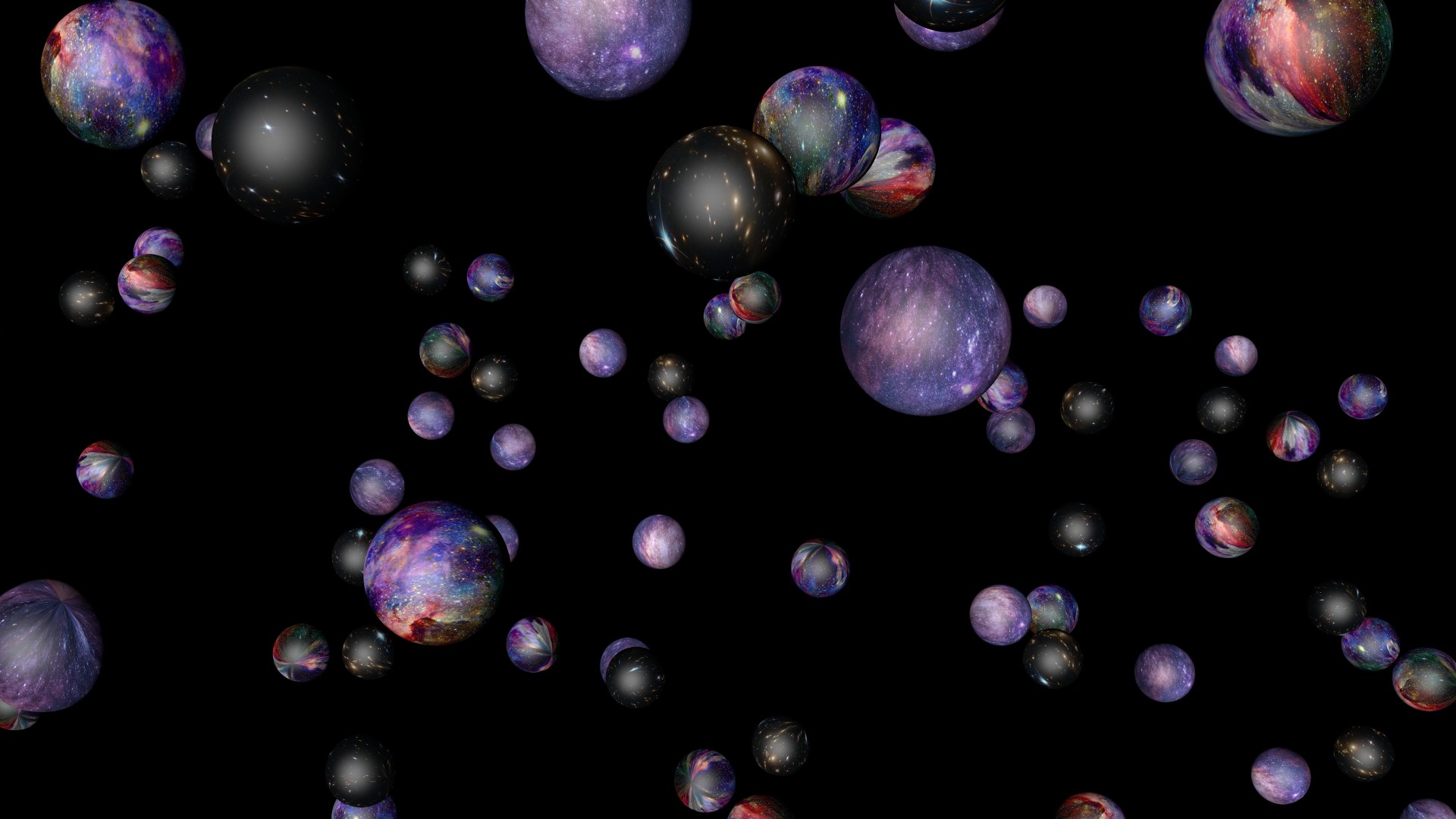
How real is the multiverse?
By Paul Sutter published
A multiverse may be a natural prediction of the physical theories that define the beginning of the universe.
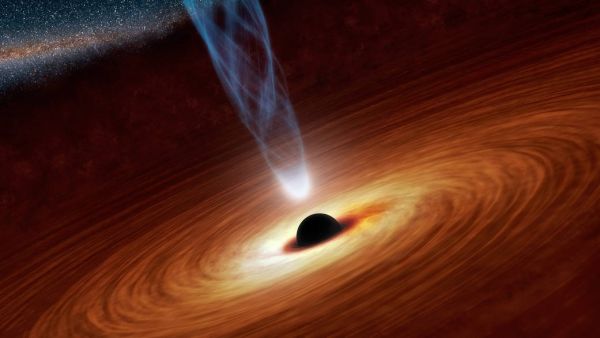
How many black holes are there in the universe?
By Paul Sutter published
In a recent study, researchers determined that about 1% of all the "normal" (that is, not dark) matter in the universe is bound up inside black holes.
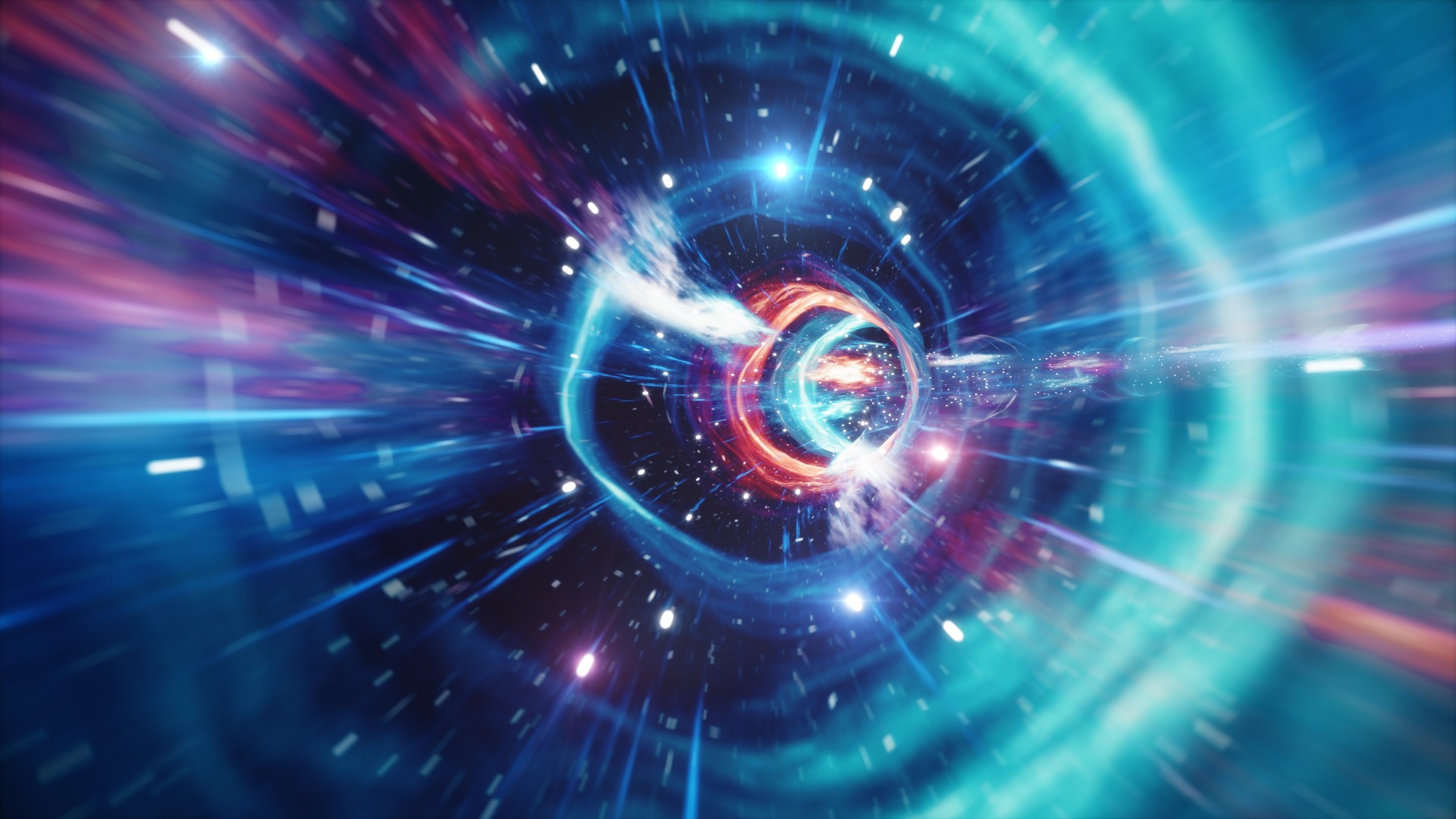
Wormholes may be viable shortcuts through space-time after all, new study suggests
By Paul Sutter published
Wormholes may be stable after all, a new theory suggests, contradicting previous predictions that these hypothetical shortcuts through space-time would instantly collapse.
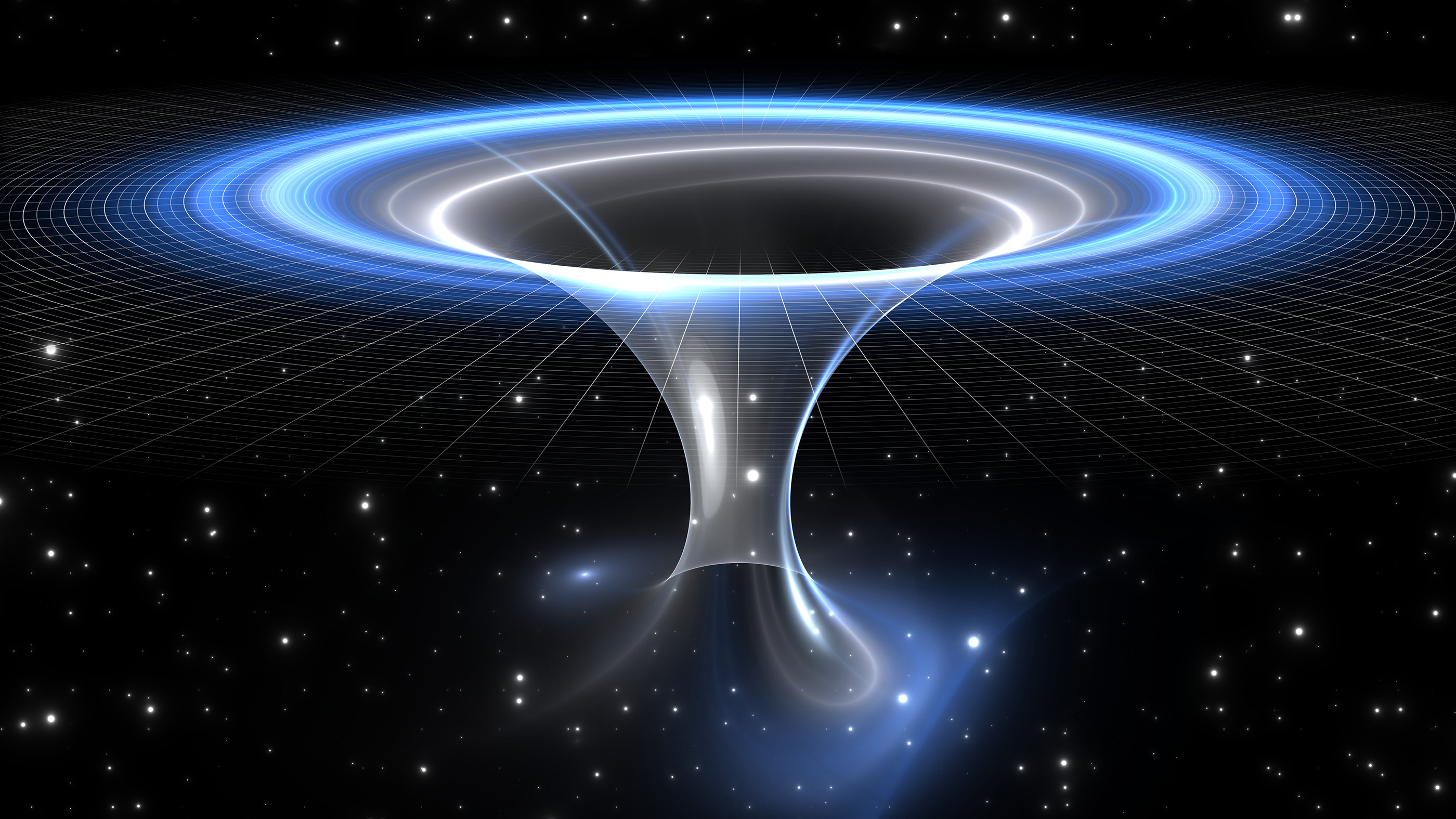
What are wormholes?
By Paul Sutter published
Wormholes connect two points in space and time and are a staple of science fiction. But are they possible in the real universe?

What are cosmic rays?
By Paul Sutter published
Cosmic rays are tiny subatomic particles racing through the universe at nearly the speed of light — and they're not so nice.
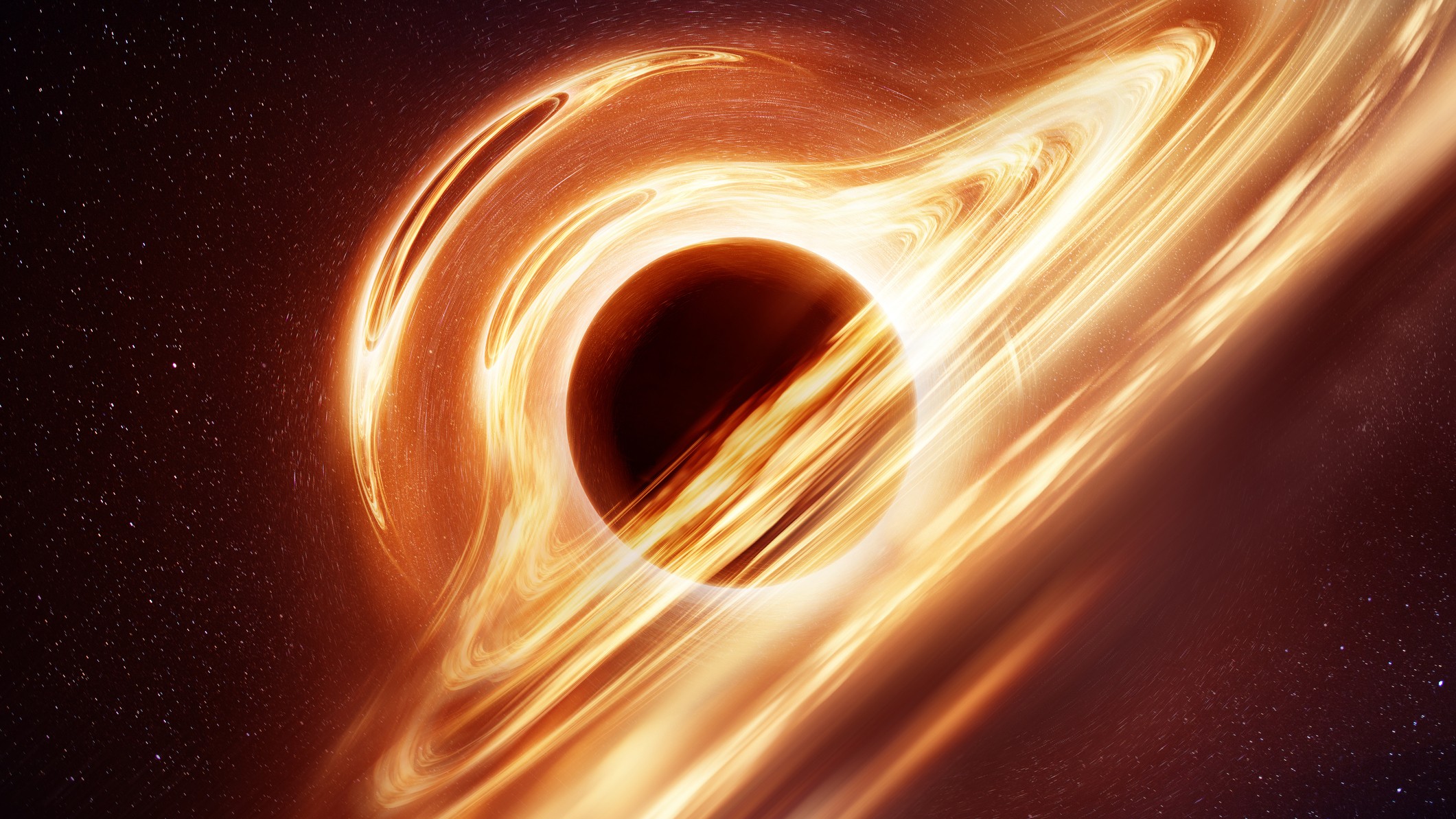
What is a singularity?
By Paul Sutter published
There are places in the universe where our laws of physics simply break down. These are called singularities.

Who was James Clerk Maxwell? The greatest physicist you've probably never heard of.
By Paul Sutter published
James Clerk Maxwell is the scientist responsible for explaining the forces behind the radio in your car, the magnets on your fridge, the heat of a warm summer day and the charge on a battery.
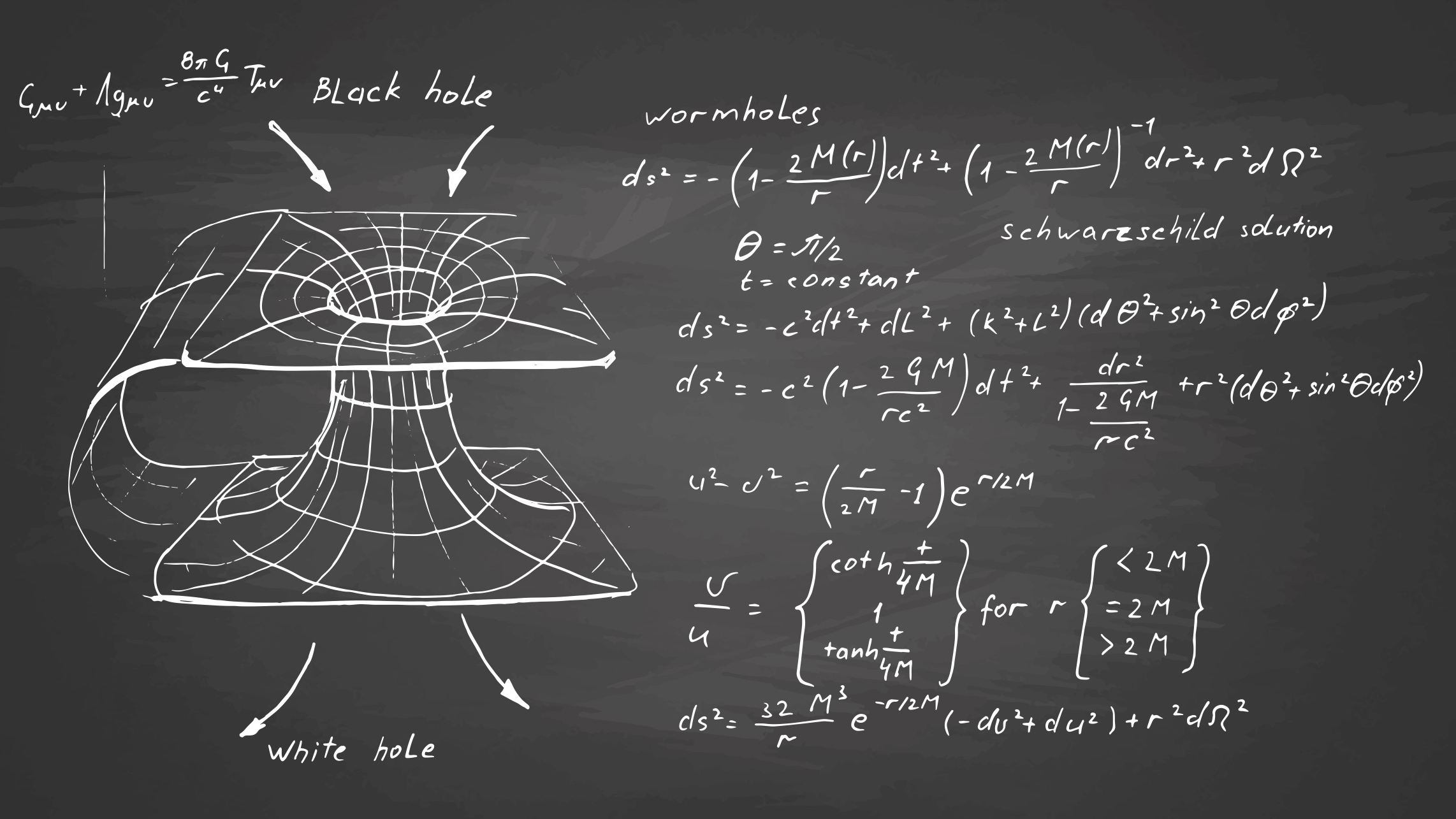
Strange mathematical term changes our entire view of black holes
By Paul Sutter published
The behemoths exert a pressure on their surroundings, new research has found.

1st sign of elusive 'triangle singularity' shows particles swapping identities in mid-flight
By Paul Sutter published
Physicists sifting through old particle accelerator data have found evidence of a highly-elusive, never-before-seen process: a so-called triangle singularity.

Is dark matter made of 'Fermi balls' forged in the Big Bang?
By Paul Sutter published
A new theory suggests dark matter may have come from quantum bags that got squished together in the early universe.

What is multiverse theory?
By Paul Sutter published
Multiverse theory suggests we live in one of an infinite number of universes.

Traversable wormholes are possible under certain gravity conditions
By Paul Sutter published
Certain weird gravity conditions would make it possible to travel through a wormhole and back.
Sign up for the Live Science daily newsletter now
Get the world’s most fascinating discoveries delivered straight to your inbox.
